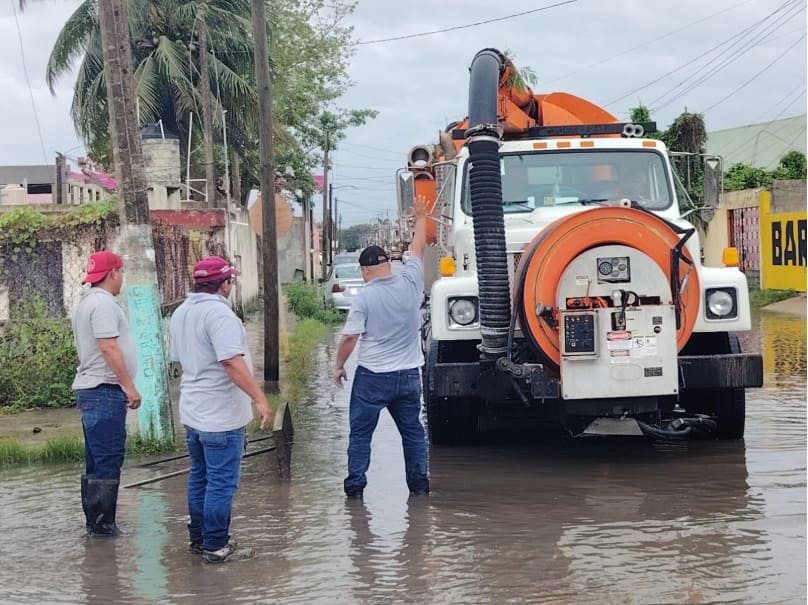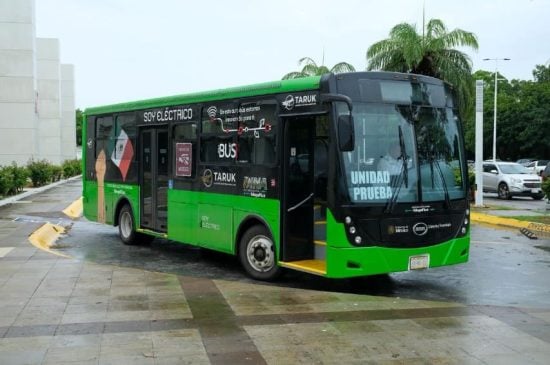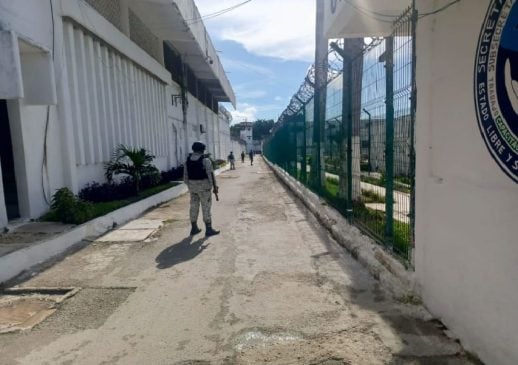Chetumal, Q.R. — An extended study to improve city drainage by CAPA is being planned for Chetumal. A study will be conducted by a private company of the city’s soil and stormwater drainage system in order to expand.
Hugo Garza Sáenz, the General Director of the Drinking Water and Sewerage Commission (CAPA) says that this year, they will complete a stormwater drainage expansion project to end the flooding problem in various areas of Chetumal.
For weeks, a soil mechanics study has been conducted to identify geographic changes due to the new risk zones detected, however, that study is going to be expanded. Garza Sáenz explained that the study is being conducted by a private company in conjunction with CAPA personnel and is 30 percent complete. He says the initial assessment should be finished in August.
“Although the goal is to have it completed in 30 days and then submit it for review to determine what type of work is required and what priority areas need attention, as we must prepare the budget for the 2026 fiscal year.”
Based on study results, the information needed for an expansion of the city’s stormwater drainage system along with a strategic plan and financial projection will be determined. The goal, he said, is to have the necessary budget to carry out the work by 2026.

The project’s starting point has been in Chetumal’s storm drains and canals that require maintenance to enhance their effectiveness. He explained that the project was initially planned for the area known as Las Casitas neighborhood, which suffered severe flooding in June 2024, but as progress was made, it was decided to expand it to the entire city.
“The Chetumal Risk Atlas has changed. There are areas that were not expected to flood,” he said adding that the city has not had a flood mapping update since 2011.
Garza Sáenz said that a mapping project led by researcher Manuel Camacho Sanabria, a member of the Researchers for Mexico program of Conahcyt and commissioned by the Autonomous University of Quintana Roo (Uqroo), with citizen participation, confirms that the risk zones have changed significantly due to changes in urban infrastructure.

For this reason, the initial CAPA (Comisión de Agua Potable y Alcantarillado) study intended only for Las Casitas neighborhood will be extended to all of Chetumal to help reduce flooding during heavy rains. Already this year, several areas of the city of Chetumal were left under water with the passing of a low pressure system.



